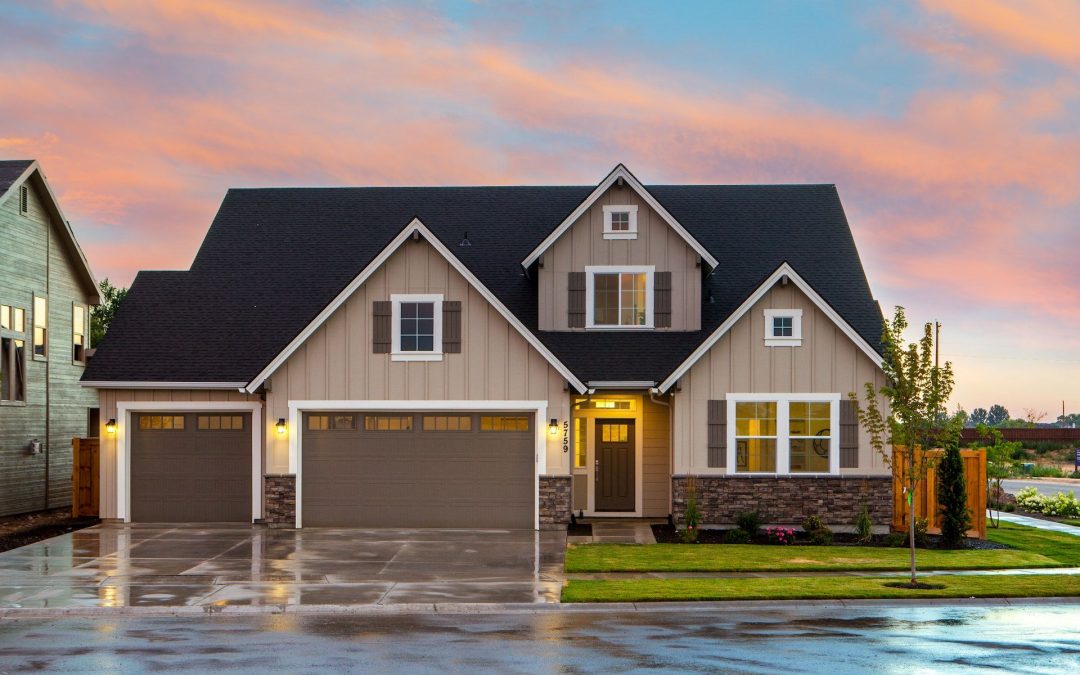Buying a new build home has historically been a solid investment from the standpoint of gaining equity. From the time you sign the papers, to the day you get the keys, to selling down the road, you were making money. We’ve all heard the stories of people who would pay $500K for a new build property and, two to three years later, sell it for hundreds of thousands more. Well, we’re now seeing the exception to that rule…
Current Observations
The trend we’re currently seeing today is that that expected increase in value isn’t happening. In some cases, the opposite is happening with some $500K purchases seeing values of $450-475K. It’s an unfortunate and tough break when you pay more for a new build than it’s currently worth. If the value today is less than what you paid a year or two ago, the buyer is responsible for coming up with the difference.
A bank will only ever finance the lesser of the purchase price or the current appraised value of a home. Any difference is the responsibility of the buyer. So, what do you do? It can be challenging to find the extra money and you might even feel slighted for having overpaid for a property BUT if you’ve bought the house to live in and plan on staying there for a while, the likelihood you will get the equity back is still very high!
Some Math
For example, someone who purchased a new build detached home in a popular suburb of Ottawa 18 months ago might have spent upwards of $990K after purchase price and upgrades. Unfortunately, with the dip in the housing market between then and now, the current appraisal had come down to $975K. Although this isn’t a huge difference, it does mean that the buyer has to come up with an extra $15K to close.
The silver lining here is if we consider this negative equity of $15K, the client’s home only needs to see an appreciation of 2% between now and however long it takes to save up that much money. Yes, there’s a short-term loss of cash for the client with the extra down payment but, in the long-term, the difference likely won’t matter.
Home vs. Rental Property
A client called recently to ensure everything was on pace for closing on their new build. The appraisal had just come in and then they asked “how much did the appraiser say I can rent this place for?” The plan up until this point was that they’d be moving into this place but the couple was reconsidering moving and were now interested in using the new place as a rental. Since they were financially secure and had their 20% down payment, they thought they were in the clear.
If the property will be used as a rental AND it’s a new build, you have to pay the total HST out of pocket at closing. Whereas, if you live there as your primary residence, that HST gets built into the purchase price. In this case, the client would now have their 20% down payment, funds for closing costs, and another 13% for taxes. There’s nothing wrong with the plan of a rental property but it does come with additional upfront costs that you’ll want to plan for!
Contact the Kyle Miller Mortgage Agent team today to learn more about mortgage and financing options available to you!


Recent Comments